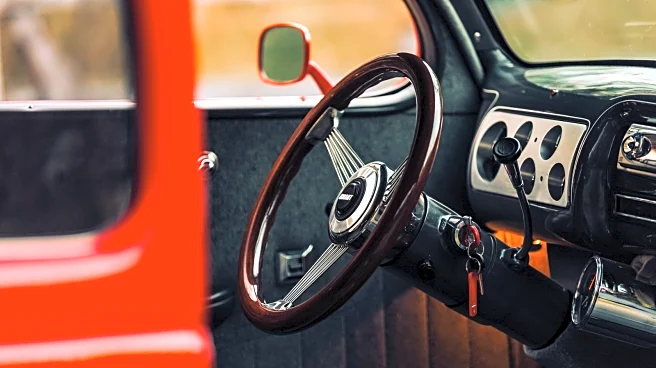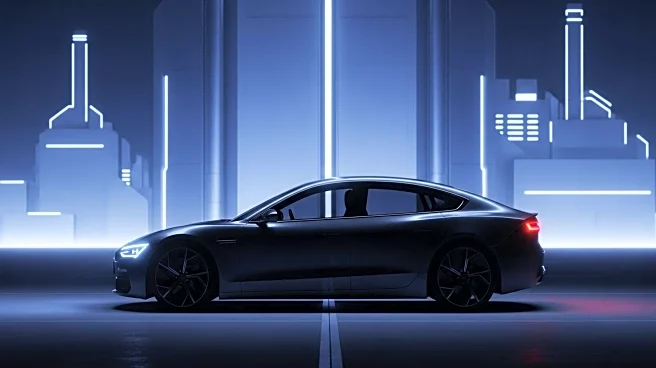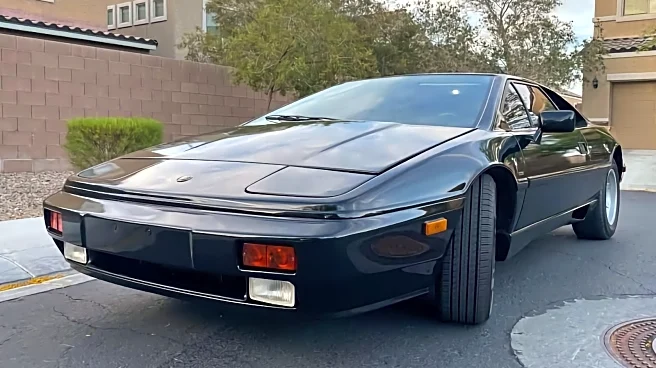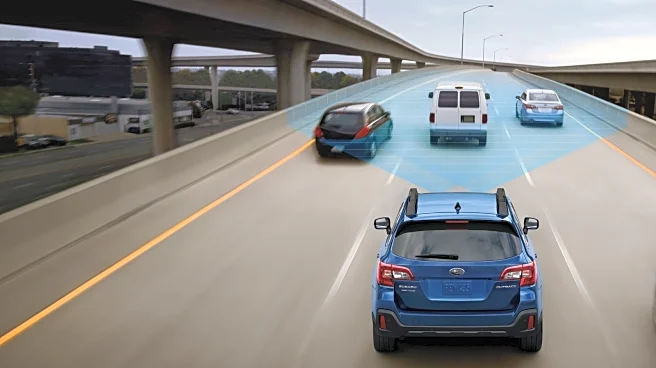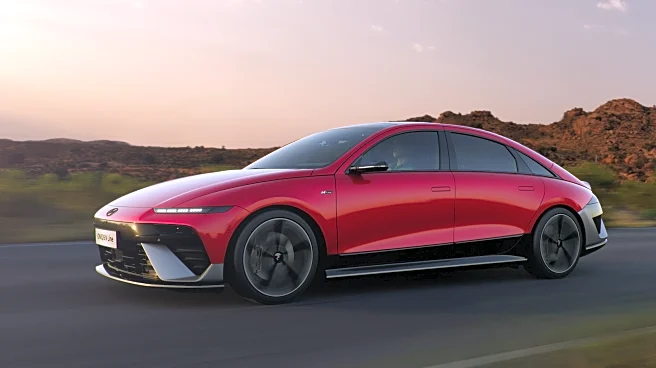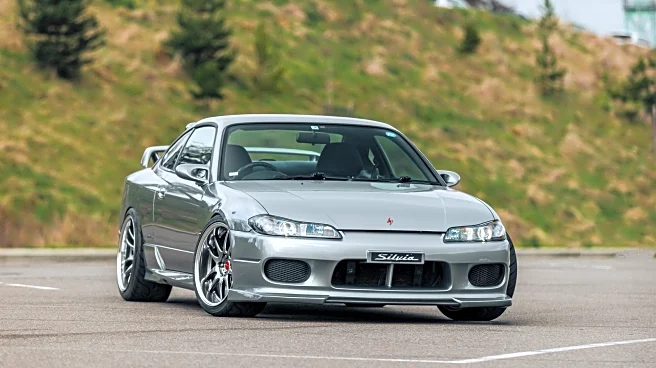
The three-speed transmission had a surprisingly long run in the automotive world: It was first invented in 1894 by French engineers Louis-Rene Panhard and Emile Levassor, founders of Panhard et Levassor automobiles, who relied on a chain-driven setup. Louis Renault introduced the modern driveshaft concept in 1898 for his Renault Voiturette with a three-speed manual. And the final cars with a three-speed, at least in the U.S., were the 2002 Toyota Corolla CE-Chevrolet Prizm twins, built together at the Toyota-GM
NUMMI plant in California.
The original French cars didn't have column-mounted shifters, though, and the Corolla and Prizm had automatic transmissions. The actual "three on the tree" configuration, with a manual transmission shifter located on the steering column, didn't get popular until Chrysler introduced the Remote Control transmission for its Chrysler and Plymouth cars in 1939. The classic three-on-the-tree transmission then lasted in this country until the 1979 Chevrolet Nova, Oldsmobile Omega, and Pontiac Ventura and Phoenix, all built on the General's X platform. Yet even then, the three-on-the-tree soldiered on GM's U.S. trucks, like the C-10 Silverado, until finally phased out by Chevrolet and GMC in 1987.
For today, we'll dig into the roots of the three-on-the-tree transmission -- and look at its legacy, too. After years away, column shifters, albeit automatics, are beginning to make a comeback in both EVs and rides like the refreshed 2025 GMC Yukon.
Read more: Call Me A Luddite, But These Modern Features Only Seem To Make Cars Worse
Chrysler And The First Fruits Of Three-On-The-Tree Technology

Shifting gears was quite an adventure in the early days, with cars like the Model T being a great example. It had no actual gear lever, and you went from low to high gear solely by adjusting the clutch. The standard template -- for a manual transmission car -- seems to have come from the 1915 Cadillac Type 51, the first with clutch, brake, and gas pedals in that order and with a center-positioned gear-shift lever. But that put a definite limit on the size and comfort of the front seats, which had to be arranged around the shifter, and on the footroom/legroom.
The three-on-the-tree configuration allowed for full-size seating for three people in the front row, while also clearing out the floor space between the seats and firewall. Some people also considered this a more refined way of shifting gears that would attract more female buyers — another instance of the car industry's sexism problem.
In the words of Plymouth, boasting about its Perfected Remote Control Shifting in 1939, it was the "most startling development for handling ease and driving thrill" of the year (per Dezo's Garage). That's because "the shifting lever on the steering post is much easier to operate than the old lever in the floor ... and it's much more convenient. And now, with no gear shift lever in the floor, with the handbrake up under the cowl to the driver's left, nothing obstructs the leg room of the front compartment."
The Return Of Column Shifters

Despite those advantages, three-on-the-tree transmissions faced two major problems. For one thing, they were manual transmissions, and General Motors would introduce the first modern automatic only a year later. We know how that played out, as less than 1% of today's new cars offer a stick. The other issue was the number of gears themselves. Generally speaking, the more you have, the better it is for efficiency and performance since they let the engine operate at its best over a wider spread of situations.
The idea of putting the shifter back on the steering column, however, is finding new fans. GMC claims customer demand brought a column shifter back to the Yukon -- although it's not one with a physical connection to the transmission. Like a lot of transmissions today, it works electronically for what's called shift-by-wire functionality. The GMC Terrain — and the Chevrolet Tahoe, Suburban, and Equinox — also combine gas engines with column-mounted shifters.
In addition, column shifters are making a return thanks to EVs, which use them for the same space advantages they provide in gas cars. Just be ready for a different user experience than with old-school mechanical column shifters. The new ones are more like turn-signal stalks that require only a light hand movement to shift. Just imagine what Plymouth's copywriters would have said about that.
Want more like this? Join the Jalopnik newsletter to get the latest auto news sent straight to your inbox...
Read the original article on Jalopnik.
